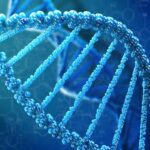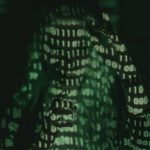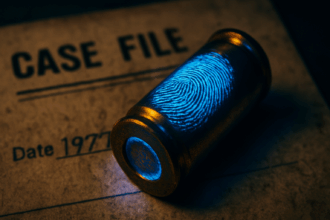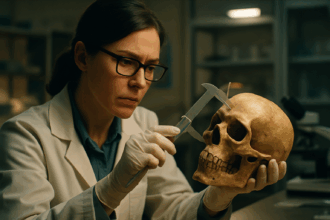A recent study led by North Carolina State University revealed that it is feasible to extract forensic evidence
 DNA, or Deoxyribonucleic Acid, is the genetic material found in cells, composed of a double helix structure. It serves as the genetic blueprint for all living organisms. Read Full Definition found in household dust. By collecting samples of indoor dust from 13 households, the researchers were able to identify DNA from occupants in the house over 90% of the time, and DNA from non-occupants approximately 50% of the time. This research could potentially assist investigators in solving challenging cases by providing them with significant leads.
DNA, or Deoxyribonucleic Acid, is the genetic material found in cells, composed of a double helix structure. It serves as the genetic blueprint for all living organisms. Read Full Definition found in household dust. By collecting samples of indoor dust from 13 households, the researchers were able to identify DNA from occupants in the house over 90% of the time, and DNA from non-occupants approximately 50% of the time. This research could potentially assist investigators in solving challenging cases by providing them with significant leads.
The researchers successfully extracted single nucleotide polymorphisms (SNPs) from the dust samples, which are specific sites within the genome
 Information in analog or digital form that can be transmitted or processed. Read Full Definition that can also be utilized by genealogy websites like Ancestry.com.
Information in analog or digital form that can be transmitted or processed. Read Full Definition that can also be utilized by genealogy websites like Ancestry.com.
To conduct their research, Meiklejohn, corresponding author of the study, and her team selected 13 households of various backgrounds and gathered cheek swabs from each resident. Additionally, they collected dust samples from five different locations within each household, namely the top of the refrigerator, the bedroom closet, the top frame of the front door, a bookshelf, or photo frame in the living room, and a windowsill in the living room.
By using massively parallel sequencing (MPS), the research team was able to efficiently sequence numerous samples and focus on the single-nucleotide polymorphisms (SNPs) of interest. The findings indicate that DNA from around 93% of the known household residents in the study was identified in at least one sample of dust collected from each house. Furthermore, they detected DNA from non-occupants in over half of the samples obtained from every location.
According to Meiklejohn, this data could be utilized differently from traditional forensic DNA evidence. It might not be utilized to link an individual to a particular crime. However, it can be beneficial for providing clues related to the ancestry and physical traits of individuals at the scene. Additionally, it has the potential to provide leads to investigators in cases where little information is available. Although it is possible to differentiate between occupants and non-occupants, the duration for which an individual must stay in a household before leaving DNA traces remains unclear.
In the future, the researchers aim to investigate and determine the duration it takes for non-occupants to be identified in dust. Meiklejohn believes that their work has various practical applications and can prove useful in a multitude of investigative scenarios.
Reaserch: Using FastID to analyze complex SNP mixtures from indoor dustDOI: 10.1111/1556-4029.15246
Authors: Kelly Meiklejohn, Melissa Scheible, Laura Boggs, Robert Dunn, North Carolina State University; Darrell Ricke, Massachusetts Institute of Technology
PpPublished: Apr. 3, 2023 in the Journal of Forensic Sciences.










